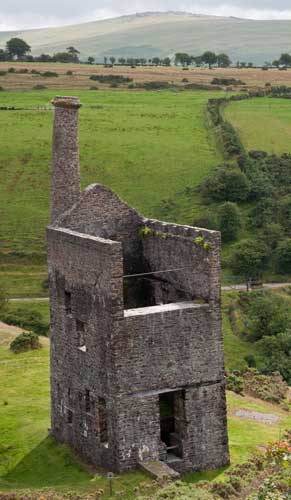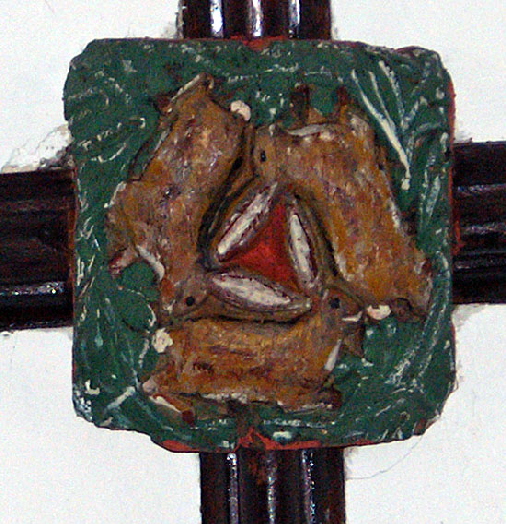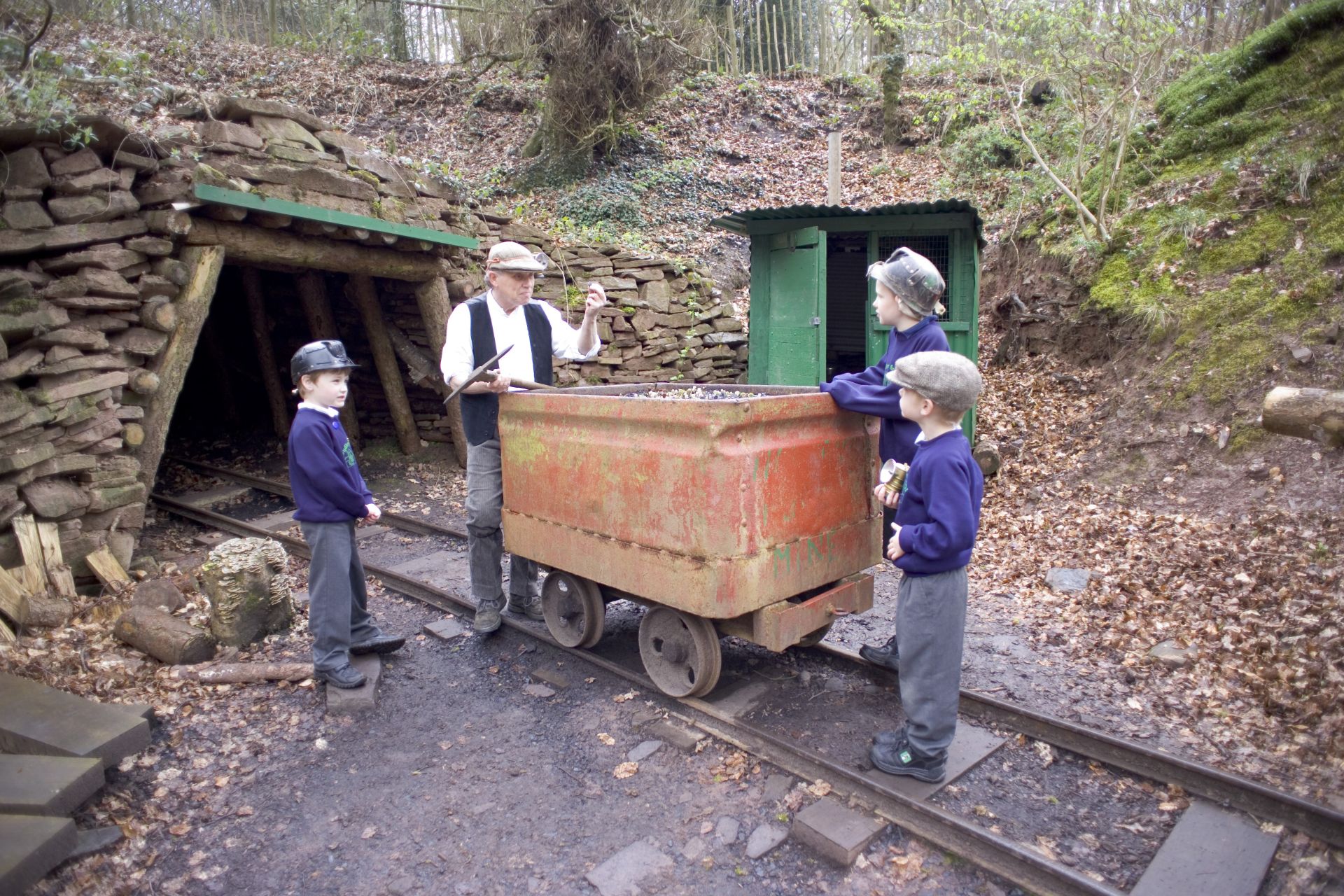The legend of Joseph of Arimathea being a tin trader who brought the boy Jesus to Glastonbury will be the subject of its own article in due course, and so lies outside he scope of this post, but it does testify to the antiquity of Wessex’s mining history. Since prehistoric times, Wessex’s mineral resources have been a major source of her wealth.

The British Isles have long been thought to be the Tin Islands mentioned by Herodotus, and remains of iron age tin mines have been found on Dartmoor. Extraction was probably through the use of stone hammers, antler picks and wooden wedges. Many churches in Devon feature the symbol of the “tinners’ rabbits”, three rabbits or hares chasing each other in a circle. The same symbol appears in Asia, originating in China and associated with Buddhism. There is some debate as to whether it was brought to Devon by traders travelling the Silk Road, or whether it appeared independently as a motif from insular Celtic art.

In Roman times, the Mendips were a major source of lead. Pigs (ingots) of lead from Charterhouse have been found as far afield as France, stamped with their place of origin and the names of emperors from the first and second centuries AD.
The Mendips were also mined for calamine, a generic name for the zinc ores nowadays known by their specific names of smithsonite and hemimorphite, to distinguish them from the disgusting pink gloop that many of us will have had smeared all over us as kids when we had chicken pox. These ores are mixed with copper to form brass, an alloy which was in great demand from the 16th century, when brass combs came to be preferred for wool-carding.

Whilst coal has been mined in the British Isles since at least Roman times, used for smelting iron and making bronze, the industrial revolution massively increased the demand. The needs of mining drove the invention of Thomas Newcomen’s steam engine – which of course required coal to power it, creating a cycle of production and consumption. Coal mining was mostly confined to the northern half of Wessex: the Forest of Dean, the Oxfordshire- Berkshire coalfield, south Gloucestershire and north Somerset. A small amount also took place in Devon, particularly of lignite, or brown coal, a low-grade coal used mainly in electricity generation. The Forest of Dean was specifically exempted from the 1946 Coal Nationalisation Act, and freeminer Rich Daniels currently operates Hopewell Colliery, the last working coal mine in Wessex, though it is nowadays more of a tourist attraction than a genuine contibution to Wessex’s energy needs.

As well as mining, Wessex also has a long history of quarrying for stone, sand and gravel. Jim Gunter, who comes from a long line of Cotswold stonemasons, very kindly sent me some information on some tools used in quarrying. The illustration above comes from County Relics: An Account of Some Old Tools and Properties Once Belonging to English craftsmen and husbandmen saved from destruction and now described with their users and their stories by H J Massingham & Thomas Hennell (Cambridge : Cambridge University Press, 2011). The slat-pick shown used to be known in the Cotswolds as a Pittaway, which was also the surname of Jim’s great-grandmother. This is not a coincidence – it speaks to a familial connection with our Society’s treasurer.

Cotswold stone is not the only honey-coloured limestone from Wessex. Ham Hill stone from Somerset (sometimes shortened to Hamstone) has been described by Simon Jenkins as “the loveliest building material in England”. There were once 24 small quarries on Ham Hill, but now the number is down to just two. As well as being used as a building material, Hamstone was burned locally in kilns for the manufacture of lime.

Portland Stone is arguably one of Wessex’s best-known exports. The Cenotaph in Whitehall (above) and the UN headquarters in New York are among the high-status structures made from this Jurassic limestone, but the oldest known example is local: Rufis Castle on the Isle of Portland. Originally built in 1080, walls from the mid-15th century still survive today. However, stone quarrying on the Isle has certainly been going on a lot longer than that, as several Roman sarcophagi made from blocks of Portland stone have been unearthed in Dorset over the years.
A blog post such as this can barely do justice to such a vast and fascinating subject. I hope that you will click on some of the links embedded in this post, and maybe visit some of the attractions whose websites provided much of the information for this article.
